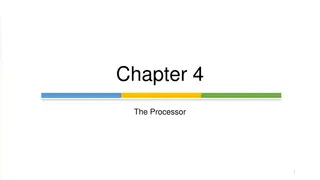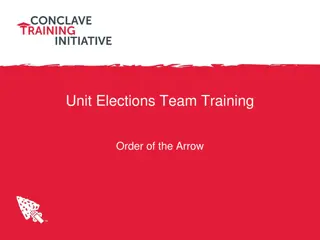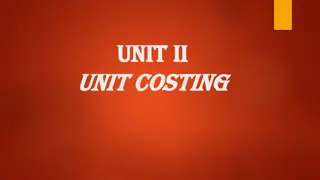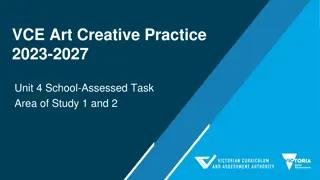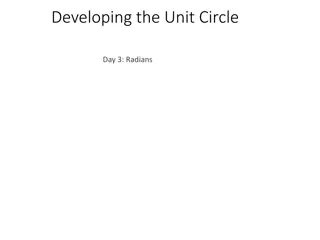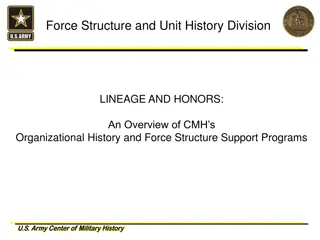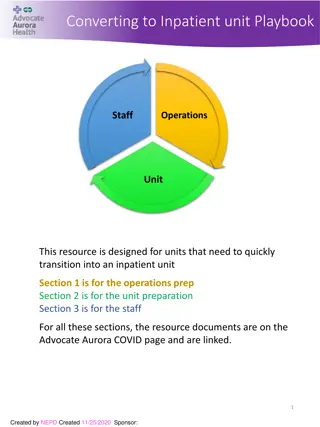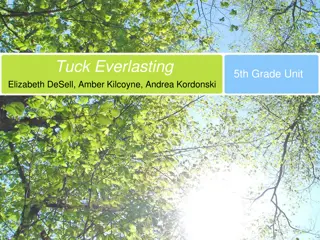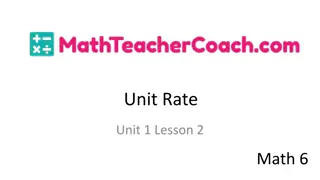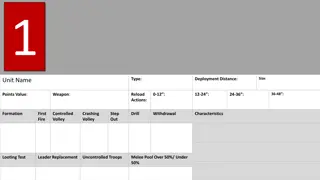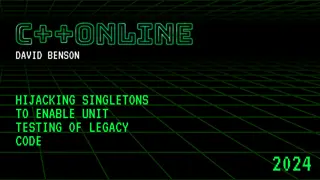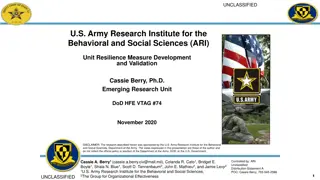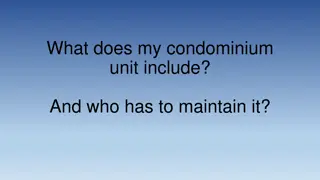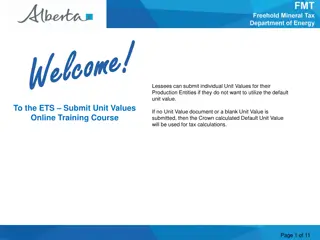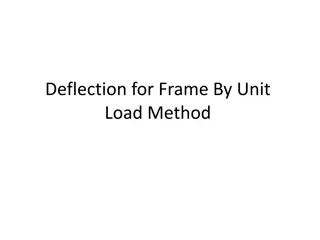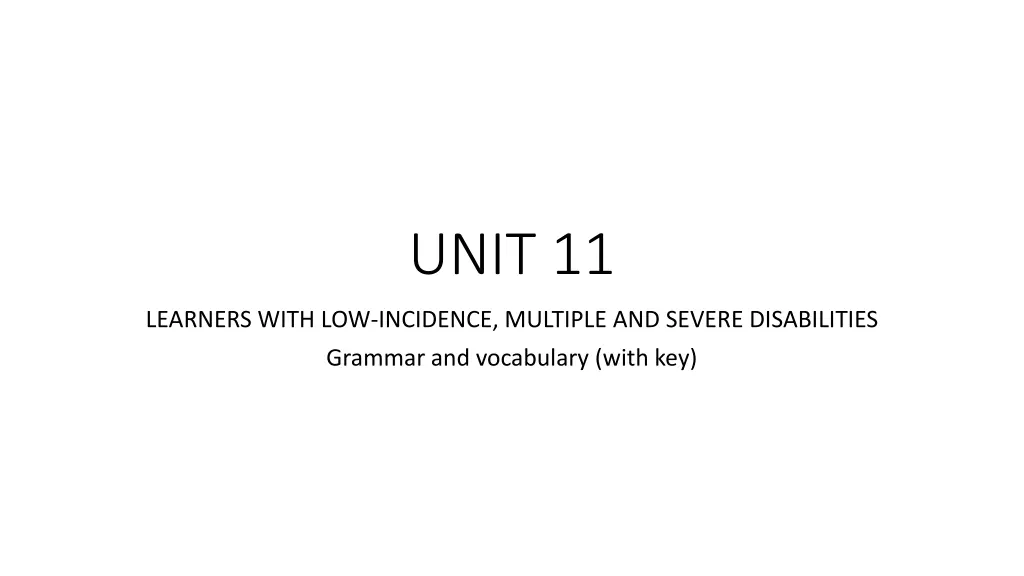
Grammar and Vocabulary Exercises for Learners with Low-Incidence Disabilities
Enhance your understanding of vocabulary and grammar related to low-incidence disabilities through exercises and definitions. Explore concepts like sense loss, multiple disabilities, and indirect speech.
Download Presentation

Please find below an Image/Link to download the presentation.
The content on the website is provided AS IS for your information and personal use only. It may not be sold, licensed, or shared on other websites without obtaining consent from the author. If you encounter any issues during the download, it is possible that the publisher has removed the file from their server.
You are allowed to download the files provided on this website for personal or commercial use, subject to the condition that they are used lawfully. All files are the property of their respective owners.
The content on the website is provided AS IS for your information and personal use only. It may not be sold, licensed, or shared on other websites without obtaining consent from the author.
E N D
Presentation Transcript
UNIT 11 LEARNERS WITH LOW-INCIDENCE, MULTIPLE AND SEVERE DISABILITIES Grammar and vocabulary (with key)
VOCABULARY Read the text on pages 70 and 71. Refer to page 73 (Vocabulary) for any new words or phrases. Do exercises III and IV on page 71.
Exercise III page 71 Exercise III page 71 (Key) (Key) FILL IN THE TABLE WITH THE MISSING WORDS AND EXPRESSIONS FILL IN THE TABLE WITH THE MISSING WORDS AND EXPRESSIONS SENSE LOSS Noun Adjective sight (vision) blindness blind hearing deafness deaf
Exercise IV page 71 Exercise IV page 71 (Key) DEFINE THE FOLLOWING EXPRESSIONS DEFINE THE FOLLOWING EXPRESSIONS (Key) a) low-incidence disabilities disabilities which occur infrequently b) multiple disabilities more disabilities in one individual c) severe very serious d) TBI traumatic brain injury; a brain damage that results from open or closed head injury e) open head injuries injuries that result from a penetrating head wound f) closed head injuries injuries caused by internal compression or stretching of neural tissues within the head g) deaf-blindness a significant impairment in both hearing and seeing h) orientation and mobility ability to move through the environment i) structured routines simple, clear tasks which students repeat daily
GRAMMAR REPORTED STATEMENTS (page 73)
INDIRECT SPEECH REPORTING STATEMENTS I am going She said she was going. She has passed her exam She told me she had passed her exam. I didn t go to work yesterday. Paul said he hadn t gone to work the day before.
We usually use reporting verbs SAY and TELL in the past SAY doesn t have an indirect object: She said she was going. TELL must have an indirect object TELL SOMEONE: She told me she had passed her exam.
We often change the tense of the original verb: PRESENT am/is/are take is taking PRESENT PERFECT have taken PAST SIMPLE took PAST was/were took was taking PAST PERFECT had taken PAST PERFECT had taken
MODALS will can may must would could might had to
EXPRESSIONS OF TIME AND PLACE here there this that today that day yesterday the previous day/the day before tomorrow the next/following day/the day after next month the following month/the month after last month the previous month/the month before three days ago three days before/earlier
EXERCISE VI page 72 REPORT THE FOLLOWING SENTENCES. 1. The possible effects of TBI include a long list of learning and psychosocial problems. 2. Some people with TBI have recovered completely. 3. His brain damage wasn t a result of an open head injury. 4. Direct teaching and structured routines are used in addressing the needs of deaf-blind students. 5. Deaf-blind students don t learn things incidenatally. 6. Communication must be the major educational need for deaf-blind students. 7. He had been diagnosed with TBI before he came to this school. 8. Education for deaf-blind students will be provided in residential schools.
EXERCISE VI page 72 - Key 1. She said that the possible effects of TBI included a long list of learning and psychosocial problems. They told us that some people with TBI had recovered completely. He told us that his brain damage hadn t been a result of an open head injury. They said that direct teaching and structured routines were used in addressing the needs of deaf-blind students. She said that deaf-blind students didn t learn incidentally. They told us that communication must/had to be the major educational need for deaf-blind students. He said that he had been diagnosed with TBI before he had come to that school. She said that education for deaf-blind students would be provided in residential schools. 2. 3. 4. 5. 6. 7. 8.


